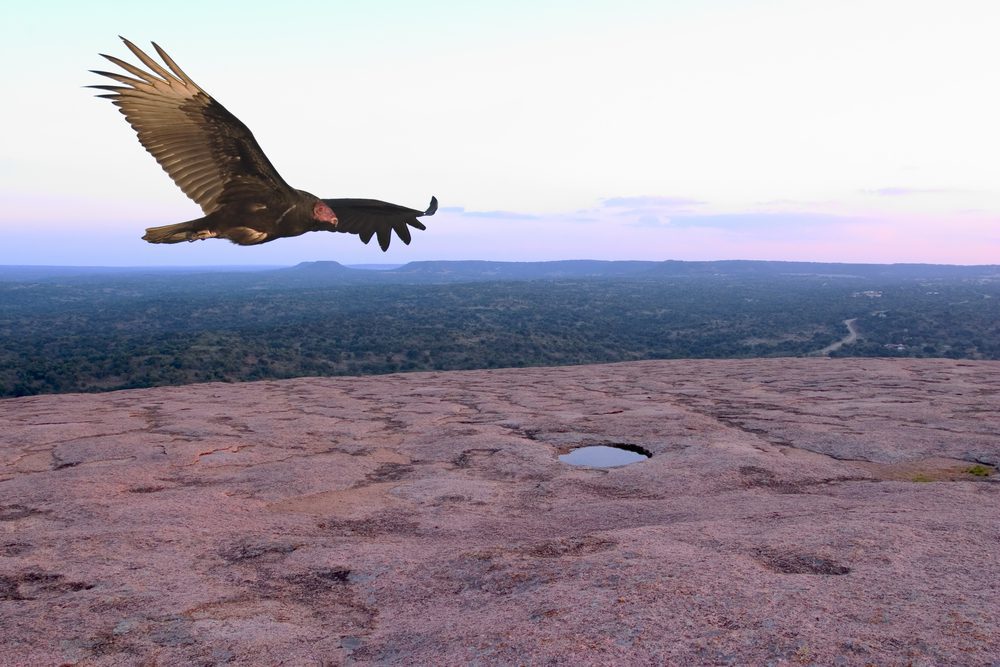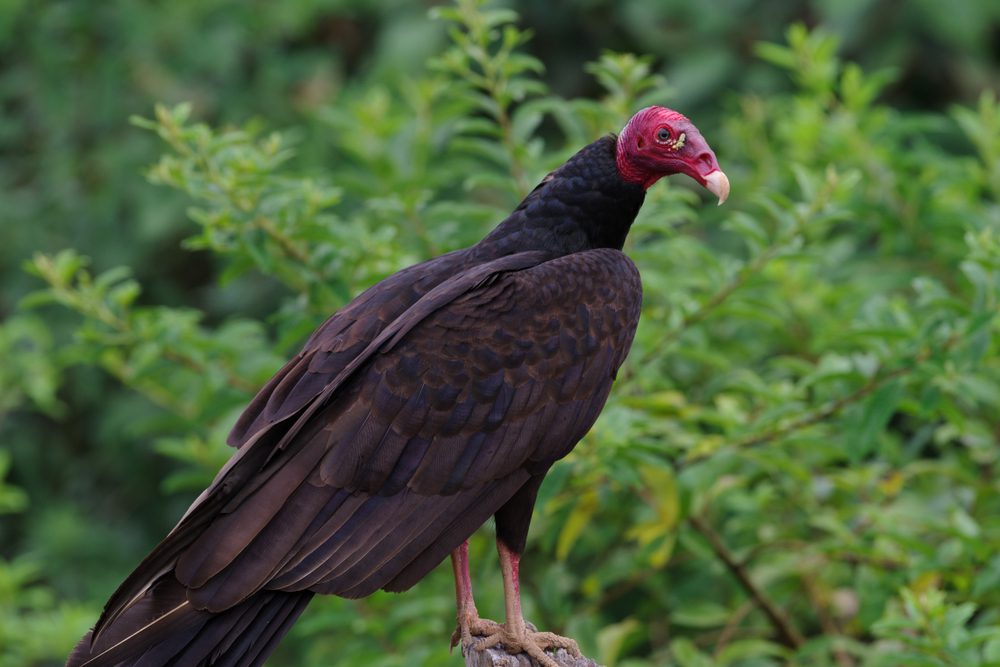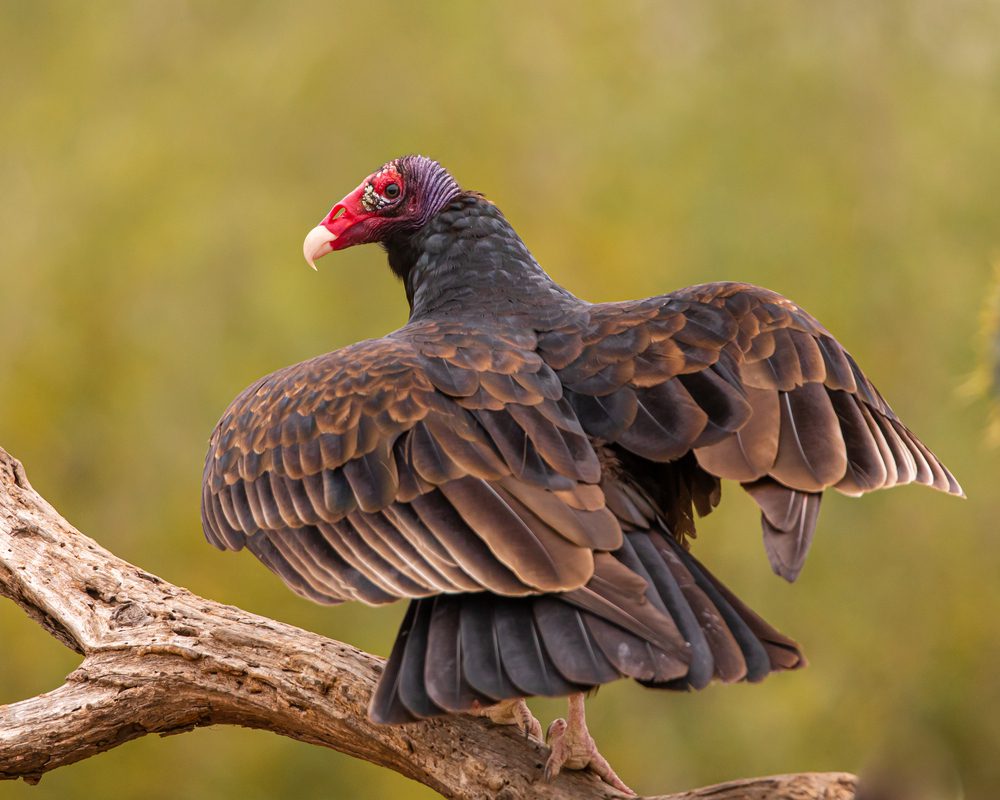Did you know that Texas is home to one of the largest populations of turkey vultures in the United States? These majestic birds, also referred to as vultures, play a crucial role in the Texas wildlife ecosystem. In this article, we will dive into the fascinating world of the turkey vulture Texas and explore their habitat, behaviors, and their significance in maintaining the balance of nature in Texas.
Table of Contents
The Turkey Vulture: An Impressive Sight in Texas Skies

The turkey vulture, a majestic bird species, is a common sight in the expansive skies of Texas. With its awe-inspiring flight patterns and distinct appearance, this remarkable creature never fails to capture our attention. Let’s dive into some interesting facts and valuable information about the turkey vulture, a feathered resident of the Lone Star State.
Facts About the Turkey Vulture
- The turkey vulture, scientifically known as Cathartes aura, possesses a wingspan of approximately six feet, making it one of the largest raptors in North America.
- These birds are known for their unique red, featherless heads, which are specialized adaptations for scavenging.
- As scavengers, turkey vultures play a vital role in the ecosystem by consuming carrion (dead animals) that would otherwise pose a threat to public health.
- They have an excellent sense of smell, allowing them to detect carrion from great distances and locate food sources efficiently.
- The turkey vulture is a highly social bird species, often gathering in large flocks, known as kettles, during migration.
- These impressive birds can effortlessly soar for hours without flapping their wings, utilizing thermal updrafts to maintain flight.
Interesting Information about Texas Turkey Vultures
When it comes to bird species in Texas, the turkey vulture is an integral part of the rich biodiversity found in the state. Here are some intriguing insights specifically related to their presence in Texas:
In Texas, the turkey vulture can be found throughout the state, from the sweltering deserts of West Texas to the lush forests of East Texas. Their adaptability to various habitats makes them one of the most widespread bird species in the Lone Star State.
These turkey vultures have learned to thrive in the diverse landscapes that Texas offers, making them an important component of the state’s ecosystem. From urban areas to remote countryside, these scavengers play a crucial role in maintaining the balance of nature.
Stay tuned as we delve deeper into the fascinating world of the turkey vulture, exploring their habitat preferences, unique behaviors, and their significant impact on the Texas wildlife ecosystem.
Habitat of the Texas Turkey Vulture

The turkey vulture is a remarkable bird that thrives in a variety of habitats across Texas. Understanding its habitat preferences is crucial to appreciating its presence in the Lone Star State and the vital role it plays in the Texas wildlife ecosystem.
Turkey vultures can be found in both rural and urban environments, adapting to different landscapes with ease. They have a wide distribution throughout Texas, making them a common sight in various regions.
These scavengers are often found in open areas with large spans of land such as grasslands, deserts, and forests. They prefer habitats that offer ample opportunities for soaring and gliding, taking advantage of thermals to stay airborne for extended periods.
Although they are adaptable, turkey vultures have a strong association with the wide-open spaces and diverse landscapes that Texas is known for.
The Texas turkey vulture also nests in diverse locations, including trees, cliffs, abandoned buildings, and even on the ground. They select nesting sites that provide security and protection for their young, ensuring the continuation of their species in the Texas habitat.
Habitat Preferences of Texas Turkey Vultures
| Habitat Type | Description |
|---|---|
| Grasslands | Open grassy areas with minimal tree coverage Example: Coastal plains of Texas |
| Forests | Wooded areas with dense vegetation and diverse tree species Example: Pine forests of East Texas |
| Deserts | Arid regions with sparse vegetation and extreme temperature variations Example: Chihuahuan Desert in West Texas |
| Urban Areas | Cityscapes with buildings and other structures that mimic cliffs and offer nesting opportunities Example: Downtown areas of major Texas cities |
As seen in the table above, turkey vultures can thrive in a range of habitats, showcasing their adaptability and resilience. Their ability to navigate diverse landscapes contributes to their success as scavengers and their crucial role in maintaining the ecological balance of Texas.
“The turkey vulture is an exceptional species that has managed to carve out a niche for itself in various parts of Texas. Its ability to adapt to different habitats is a testament to its resourcefulness and survival instincts.”
By studying the habitat preferences of the turkey vulture, we can better understand the factors that contribute to its population dynamics and conservation needs. Protecting the diverse habitats that support these birds is essential for ensuring their continued presence in the Texas wildlife landscape for generations to come.
Behaviors and Adaptations of the Texas Turkey Vulture
The turkey vulture, commonly found in Texas, exhibits fascinating behaviors and adaptations that contribute to its survival in the local surroundings. These unique characteristics enable the turkey vulture to thrive in the diverse ecosystems of the Lone Star State.
One remarkable behavior of Texas turkey vultures is their highly efficient scavenging ability. They are masterful at locating carrion and can detect the scent of decaying flesh from miles away. Their keen sense of smell, combined with their soaring flight patterns, allows them to quickly find and feast on carcasses, playing a crucial role in maintaining the ecological balance of the Texas wildlife.
Another notable adaptation of the Texas turkey vulture is its ability to defend itself against potential threats or predators. When faced with danger, these birds demonstrate remarkable defensive behaviors, including hissing, regurgitating foul-smelling stomach contents, or even projectile vomiting. These mechanisms serve as a deterrent, often driving away potential threats and ensuring the turkey vulture’s safety.
The turkey vulture’s unique adaptations not only aid in its survival but also contribute to the overall health of the ecosystem. By efficiently disposing of carrion, these birds help prevent the spread of diseases and reduce the risk of contamination. Their behavior and adaptations make them important contributors to the fragile balance of Texas wildlife.
Turkey Vultures and the Texas Wildlife Ecosystem
As we delve into the world of turkey vultures in Texas, it becomes evident that their presence is not just a passing sight but an integral part of the local wildlife ecosystem. Texas vultures contribute significantly to the balance of nature, playing a crucial role in the cycle of life and death.
These scavengers have an essential job – they clean up by feeding on carrion, helping prevent the spread of diseases and maintaining the overall health of the ecosystem. By consuming carcasses that other animals may avoid, turkey vultures serve as nature’s cleanup crew, preventing potential outbreaks and maintaining a stable environment.
Their unique adaptations and behaviors enable turkey vultures to thrive in Texas and fulfill their ecological role. With their keen sense of smell and exceptional soaring capabilities, they efficiently locate carrion and navigate the vast Texas skies, efficiently patrolling their territory in search of food.
Additionally, the consumption habits of turkey vultures contribute indirectly to the ecological balance. As scavengers, they dispose of remains that would otherwise accumulate and attract scavengers of a different nature, such as stray dogs or feral pigs, which could disrupt the natural order.
“Turkey vultures are incredible examples of nature’s cleanup crew. Their role in maintaining a healthy Texas wildlife ecosystem cannot be overstated.” – Dr. Emily Anderson, Texas Wildlife Conservation Society
Understanding the significance of turkey vultures in the Texas wildlife ecosystem is crucial for their conservation. It emphasizes the need to protect their habitat and ensure the sustainable coexistence of wildlife and human activities. Recognizing the value of these birds allows us to appreciate their integral role and contribute to their preservation for generations to come.
| Turkey Vultures and the Texas Wildlife Ecosystem: | |
|---|---|
| Contribution to the balance of nature | Preventing the spread of diseases |
| Efficient carrion consumption | Maintaining a stable environment |
| Disposal of carcasses | Preventing disruption of natural order |
Bird Watching Texas: Observing Turkey Vultures in the Wild
As a bird enthusiast, there’s nothing quite like the thrill of observing majestic creatures in their natural habitat. In Texas, bird watchers have the opportunity to witness the impressive sight of turkey vultures soaring through the skies.
When it comes to bird watching in Texas, the turkey vulture is a captivating species that never fails to leave a lasting impression. Known for their large size, striking appearance, and graceful flight, these vultures are a sight to behold.
To enhance your bird-watching experience in Texas, here are some key insights:
Best Bird-Watching Locations
Choosing the right location is essential for observing turkey vultures in the wild. Some of the top bird-watching spots in Texas known for their turkey vulture population include:
- Palo Duro Canyon State Park
- Big Bend National Park
- Guadalupe Mountains National Park
- Padre Island National Seashore
These areas offer diverse landscapes and ample opportunities to spot turkey vultures in their natural environment. Remember to bring your binoculars and be patient as you explore these scenic locations. [1]
Tips for Observation
Observing turkey vultures requires a combination of patience and keen observation skills. Here are some tips to make the most of your bird-watching experience:
- Choose the right time: Turkey vultures are most active during the day, especially in the early morning and late afternoon.
- Look to the skies: Scan the open sky for circling vultures, as they often ride thermal currents in search of food.
- Study their behavior: Watch for their distinctive flight pattern, with their wings held in a V-shape, and their graceful gliding.
- Keep a safe distance: While observing, ensure you do not disturb the birds or their habitat. Maintain a respectful distance to avoid causing unnecessary stress.
By following these tips, you can increase your chances of witnessing the turkey vultures in their natural element and appreciate their awe-inspiring presence.
“Bird watching is not just a hobby; it’s a way to connect with nature and gain a deeper understanding of the wildlife around us. Observing turkey vultures in the wild offers a profound sense of wonder and respect for these remarkable creatures.” – BirdWatcher23
So, grab your binoculars, pack your enthusiasm, and head out to experience the thrill of bird watching in Texas. Witnessing the majestic turkey vultures in their natural habitat is an awe-inspiring adventure that shouldn’t be missed.
Turkey Vulture Texas Conservation Efforts
Ensuring the long-term survival of the turkey vulture population in Texas is crucial for maintaining the delicate balance of the local wildlife ecosystem. Numerous ongoing initiatives are dedicated to protecting these magnificent birds and their habitats, safeguarding their presence in the Texas skies for generations to come.
1. Habitat Preservation
Preserving suitable habitats is essential for the survival of Texas turkey vultures. Efforts are being made to protect and conserve the diverse ecosystems that these birds depend on. Conservation organizations, such as the Texas Parks and Wildlife Department, work collaboratively to acquire and manage protected lands that are crucial for the turkey vultures’ nesting, roosting, and foraging activities.
2. Awareness and Education
Increasing public awareness about the importance of turkey vultures is vital in garnering support for their conservation. Outreach programs, workshops, and educational campaigns are organized to inform communities about the critical role these birds play in maintaining ecological balance and their unique adaptations. By fostering a deeper understanding and appreciation for Texas wildlife, efforts can be mobilized to protect and conserve these birds.
3. Monitoring and Research
Regular monitoring and scientific research provide valuable insights into the behavior, population trends, and threats faced by Texas turkey vultures. Conservationists and researchers collaborate to gather data on habitat usage, migration patterns, and breeding habits. This information guides conservation strategies and helps identify potential risks and challenges that need to be addressed.
4. Reduction of Threats
To ensure the survival of turkey vultures, it is crucial to mitigate the threats they face. Efforts are being made to reduce habitat loss due to human development, minimize the impact of road collisions, and mitigate the harmful effects of pollution and contamination on these birds. Collaborative actions by government agencies, non-profit organizations, and local communities aim to create a safer environment for Texas turkey vultures.
| Conservation Efforts | Description |
|---|---|
| Habitat Preservation | Conserving essential habitats for nesting, roosting, and foraging activities |
| Awareness and Education | Promoting public awareness and understanding of the importance of Texas turkey vultures |
| Monitoring and Research | Gathering data on behavior, population trends, and threats to guide conservation efforts |
| Reduction of Threats | Mitigating habitat loss, road collisions, pollution, and contamination |
Conclusion
Throughout this article, we have explored the captivating world of the turkey vulture in Texas. From their impressive sight in the Texas skies to their unique behaviors and adaptations, these birds have earned their rightful place in the Texas wildlife ecosystem.
By understanding the turkey vulture’s habitat preferences, we can appreciate how they adapt and thrive in various environments across Texas. Their role as scavengers contributes to the balance of nature, ensuring the efficient recycling of organic matter in the ecosystem.
As bird enthusiasts, observing turkey vultures in their natural habitat can be a thrilling experience. Texas offers excellent bird-watching opportunities where we can witness these magnificent creatures up close. Remember to approach with respect and follow guidelines to minimize any disturbances to their habitat.
Conservation efforts are crucial to preserving the presence of turkey vultures in the Texas skies. By supporting initiatives aimed at the protection of these birds and their habitats, we can contribute to their long-term survival and continue to admire their beauty for generations to come.


